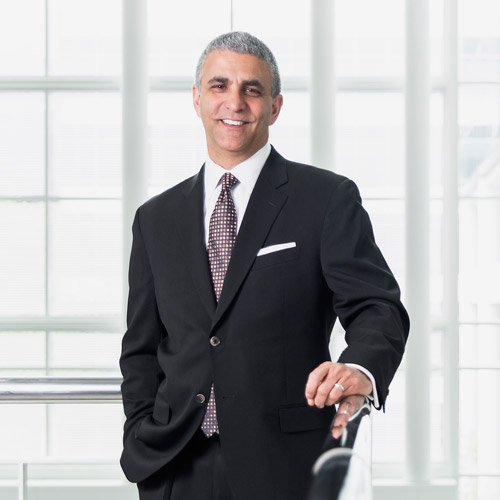Flywheel Sports Inc.’s fitness studios see a lot of action. The sheer number of people who use the exercise equipment and the amount of sweat that hits the floors means the building materials have a high turnaround rate.
So it makes economic sense for Flywheel, a New York-based chain of fitness studios that offer indoor cycling and barre exercise classes, to take a sustainable approach to building its facilities. It also makes sense from a corporate responsibility standpoint as Flywheel and its well-informed, high-income-earning customers are interested in protecting the environment.
“The company has always been a forward-thinking company,” says Akira Bryson, director of construction at Flywheel. “As we find better ways to incorporate sustainable practices, we can certainly do that.”
Bryson is responsible for creating budgets, seeking bids, and managing the construction of new studios nationwide. Yet he’s no stranger to the fitness industry. Prior to his time at Flywheel, Bryson spent two years as senior project manager at Equinox, where he oversaw construction of the company’s 35,000-square-foot gyms in the United States and Canada.

He began his career on the architectural side of construction, working for various firms after receiving his architecture degree from Cornell University. As architectural work shifted toward the computer and away from the drafting table, however, Bryson found interest in the onsite and problem-solving opportunities available in the construction administration field.
“I’m not really a desk guy,” he says, explaining that he appreciates both the artistic and engineering side of design and construction. “I love the building process because you are taking a concept, an idea, and making it physically real.”
Many of Flywheel’s studios are concentrated in New York and the East Coast, although the company is quickly expanding in California and along the West Coast. Flywheel is also opening studios in Texas and Arizona, and is making a big push toward the Midwest.
Recycled materials are used throughout Flywheel studios, from the acoustic paneling down to the rubber floors. The company relies on acoustic design and construction to reduce the impact of the loud music played during cycling classes.
“We still are looking at using a lot of recycled materials and trying to change our entire materials library for all sustainable material and recycled material,” Bryson says, adding that the company wants to maintain “a very refined, fresh look.”
The use of recycled materials has become especially important for the company, since its studios have to frequently replace certain equipment and furnishings. Common replacements include the rubber floors, which get broken down by sweat, and HVAC filters, which need to be replaced monthly (instead of the more typical three-to-six month timeframe) because the studios put so much stress on the air-conditioning system.
Bryson says the company took a cue from California’s stringent Title 24 electrical lighting requirements and incorporated those measures into its lighting package for studios around the country. The studios feature low wattage, energy-efficient LED lights. While the bulbs require higher upfront costs than incandescent bulbs, LED lights don’t need to be changed as often.
“Technology has also helped us along too,” he says. “Old-school LED lights were very cold. Now we can get very warm LED lights.”
Improved technology has also allowed the company to reduce its use of wiring. Bryson says he hopes to go completely wireless for the bikes at some point in the future. For now, the company has removed the need for a power feed at each exercise bike in favor of a low-voltage connection to the machines.
Bryson and his team are also investigating ways to minimize energy and water use. The studios’ hot-water systems are put under a lot of stress when 20 or 30 people all need to take a shower at the same time. He says he’d like to use on-demand water systems, but he’s waiting for the technology to catch up, since existing systems can’t keep up with the studios’ current volume.
Another challenge Bryson has to manage is the fact that many of Flywheel’s studios are located in existing buildings, so the infrastructure doesn’t always lend itself to efficient water and electric systems. California presents additional work, as the company has to list all building materials—even down to the type of glue used—in order to pass green inspections. However, Bryson says that requirement has been good for the company’s bookkeeping.
One of Flywheel’s newest studios is located in a LEED Gold-certified building on Astor Place in New York City.
Bryson ensured the company’s construction practices didn’t impact the building’s LEED status, and Flywheel complied with stringent rules for dealing with waste and separating recyclable materials. Bryson says that was a “breath of fresh air,” since it offered a better organized system for dealing with waste.
He credits contractor EBS Builders with delivering great work on the Astor Place project, and adds that the company has been a go-to contractor because it understands Flywheel’s attention to detail and its fast pace.
“It’s been a fantastic building to work for in certain respects,” Bryson says. “They have an incredible amount of building systems that we can tie into directly. It’s a gorgeous location right on the corner; it’s just a really nice space. It’s definitely going to be one of our flagships in terms of beauty.”


